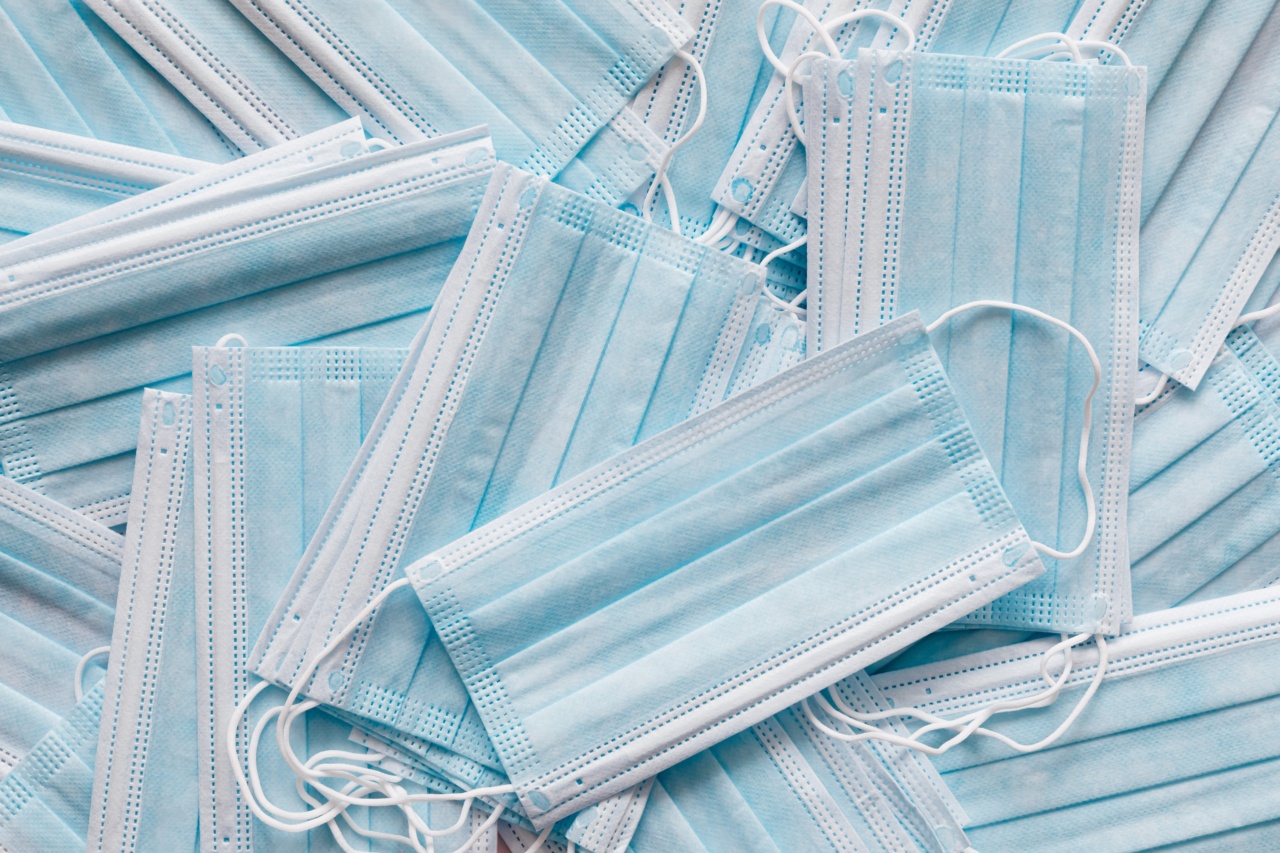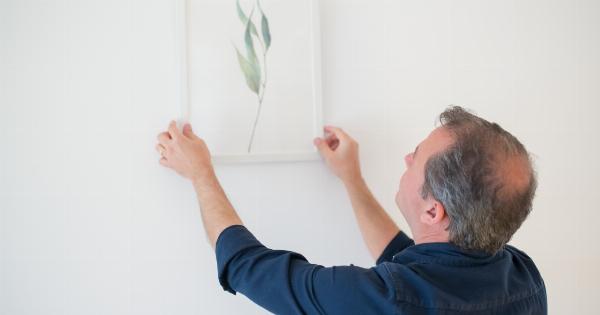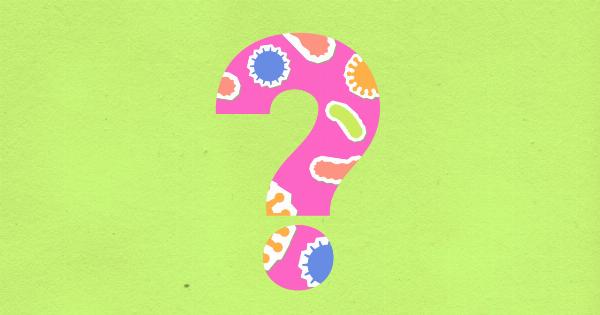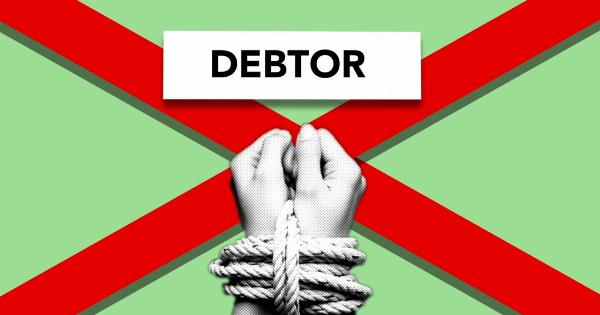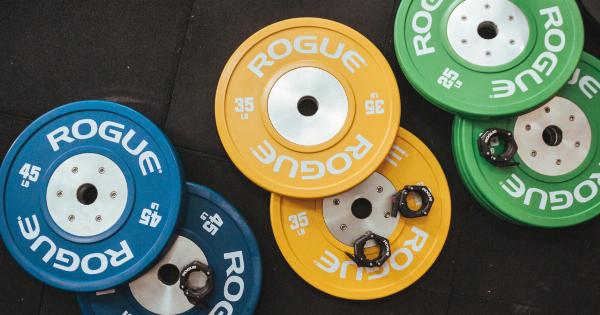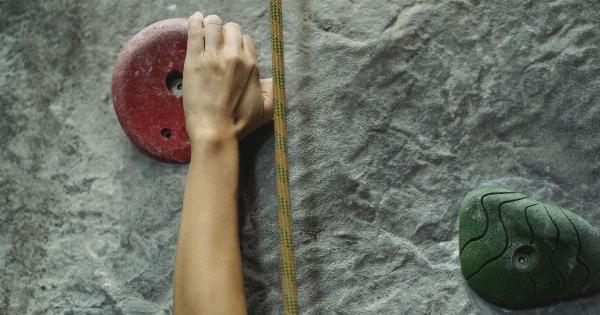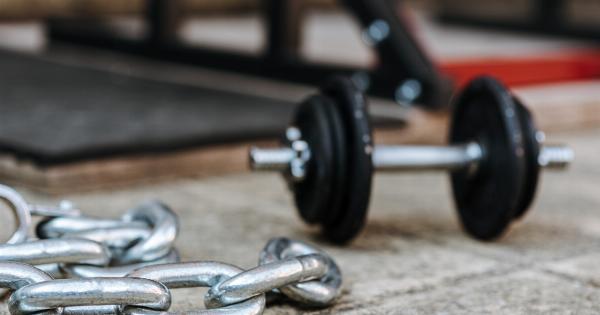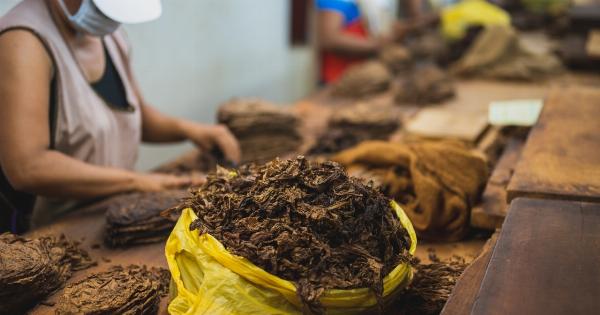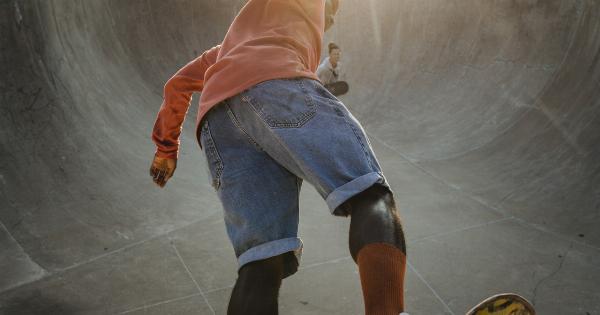Bile is a digestive fluid produced by the liver and stored in the gallbladder. It plays an important role in the digestion and absorption of fats.
However, certain conditions can cause problems with the bile ducts, leading to the need for surgical removal of the gallbladder. In this article, we will discuss the indications for surgical removal of bile.
Gallstones
Gallstones are a common reason for removing the gallbladder. Gallstones are hardened deposits of digestive fluid that form in the gallbladder. When a gallstone blocks the flow of bile, it can cause pain and inflammation in the gallbladder.
In severe cases, this can lead to complications such as infection and organ damage. Surgical removal of the gallbladder is the most effective treatment for gallstones.
Gallbladder Cancer
Gallbladder cancer is a rare but serious condition that may require surgical removal of the gallbladder. In the early stages of the disease, surgery may be able to remove the cancerous cells from the gallbladder.
In more advanced cases, the entire gallbladder may need to be removed to prevent the spread of cancer to other organs.
Biliary Dyskinesia
Biliary dyskinesia is a condition in which the gallbladder does not empty properly. This can cause pain, inflammation, and other symptoms. In some cases, surgical removal of the gallbladder may be the best option for treating biliary dyskinesia.
Bile Duct Stones
Bile duct stones are similar to gallstones, but they form in the ducts that carry bile from the liver to the small intestine. When a bile duct stone becomes stuck in the duct, it can cause pain and other symptoms.
In some cases, surgical removal of the gallbladder and/or the affected bile ducts may be necessary to remove the stones.
Bile Duct Strictures
Bile duct strictures are narrowings of the bile ducts that can cause bile to back up into the liver. This can lead to liver damage and other serious complications.
In some cases, surgical removal of the gallbladder and affected bile ducts may be necessary to treat bile duct strictures.
Bile Reflux
Bile reflux is a condition in which bile flows back up into the stomach and esophagus, causing inflammation and other symptoms. In some cases, surgical removal of the gallbladder may be necessary to treat bile reflux.
Cholecystitis
Cholecystitis is a condition in which the gallbladder becomes inflamed. This can cause pain, fever, and other symptoms. In severe cases, cholecystitis can lead to complications such as infection and organ damage.
Surgical removal of the gallbladder is often the most effective treatment for cholecystitis.
Porcelain Gallbladder
Porcelain gallbladder is a condition in which the gallbladder becomes covered in calcium deposits and becomes brittle. This condition does not always cause symptoms, but it can increase the risk of gallbladder cancer.
Surgical removal of the gallbladder is often recommended for people with porcelain gallbladder.
Gallbladder Polyps
Gallbladder polyps are growths that develop on the lining of the gallbladder. Most gallbladder polyps are benign, but some can be cancerous.
In some cases, surgical removal of the gallbladder may be necessary to remove the polyps and prevent the development of cancer.
Gallbladder Sludge
Gallbladder sludge is a mixture of bile, cholesterol, and other substances that can form in the gallbladder. This condition does not always cause symptoms, but it can increase the risk of gallstones and other complications.
In some cases, surgical removal of the gallbladder may be necessary to treat gallbladder sludge.
